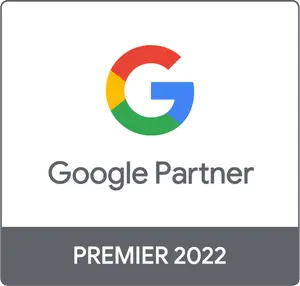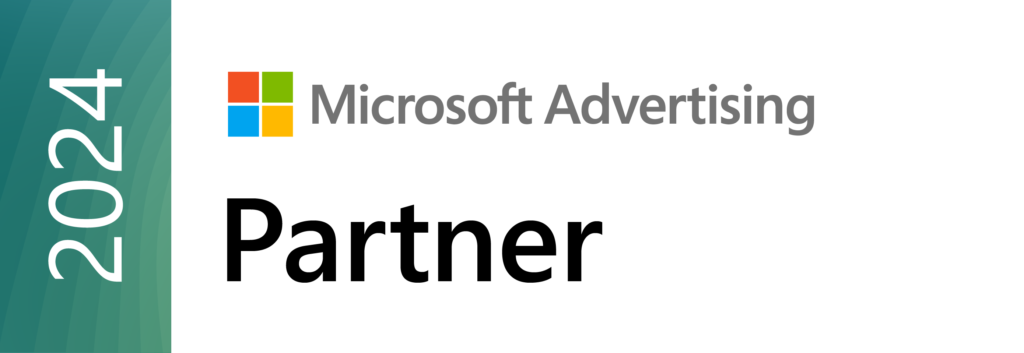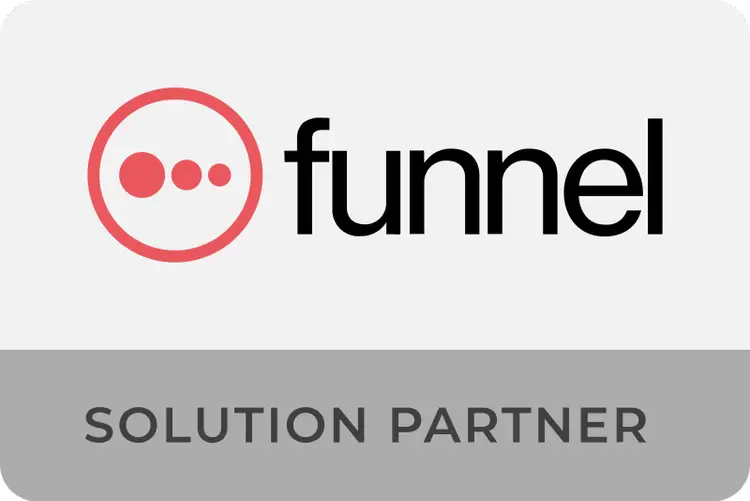Launching a Google Ads campaign is one of the best ways to build brand visibility and reach new users and customers. Thanks to its cost-effective model and potential for massive reach, these campaigns can allow your brand to reach an infinite potential target audience.
You can enjoy many benefits from a well-designed Google Ads campaign. But if you don't implement the right strategies for your campaign, you could be wasting money and resources without even realizing it.
These tips will help you get the most out of your Google Ads campaigns. Get ready to see a surge in your conversions!
1. Segment keywords:
When you're considering keywords for your campaign, you should separate each keyword segment into a separate campaign, since Google's budget is controlled at the campaign level. Let's take a look at a couple of examples of how this strategy could be put into practice.
For example, if you're a university that offers different types of master's programs, each master's program should be a separate campaign. Or if you're in the tourist accommodation sector, each type of accommodation per destination would be a separate campaign (e.g., hotels in Barcelona, hostels in Barcelona, vacation rentals in Barcelona, etc.).
Keyword segmentation ensures that your campaigns always reach the right audience. Someone interested in an MBA doesn't want to know about a Master's in International Relations, and travelers looking for hostels aren't going to want to pay the price of a hotel.
2. Choose the right bid for each campaign:
Every campaign is different, so the bidding strategy that works for one campaign may not work for another. By connecting your CRM to Google Ads, you can use ROAS or CPA bidding more effectively.
Not all bidding strategies are created equal, so the nature of your campaign and what you want to achieve with it will influence which type of bid you should use.
3. Test different landing pages:
You should test different landing pages on the web to achieve the best possible conversion rate. You can use Google Ads' draft and experiment tools to create an effective A/B test..
Optimizing your landing page is key to CRO and is one of the best ways to increase your conversion rates and turn impressions into tangible growth.
4. Use Remarketing and Lead Lists:
RLSA (Remarketing Lists for Search Ads) is a Google tool that allows you to customize your Search campaigns for users who have already visited your website. With RLSA, you can create customized ads, choose different bids, and select unique keywords for previous users and customers.
This means you can create separate ads and set different bids for all your RLSA audiences within the same campaign. For example, you might want to lower bids for users who have already converted into leads and raise them for those who have already visited your page but haven't converted.
This It is an ideal way to optimize your marketing budget and at the same time personalize your campaigns for audiences that you know are already interested in your product or service.
5. Keep Search and Display in completely separate campaigns:
This is essential. You should always keep your Search and Display campaigns separate. You should know that when you create a new campaign, Google selects Display by default. So if you want to run a Search campaign instead of Display, you'll need to select that preference.
Search ads and display ads have different advantages and should be used in different circumstances. Ultimately, Search ads are an example of a pull ad, while Display ads are an example of a push ad. Which type of ad you should use depends on the campaign you're designing, so make sure you always make an informed and intentional decision about what type of campaign you want to run.
6. Track KPIs throughout the campaign:
Finally, You should keep your KPIs (key performance indicators) in mind from the moment you launch the campaign until it ends. To be able to do this, you first have to ask yourself what the objective of your campaign is.
Once you have a clear answer to that question, You have to keep track of how many conversions (e.g. registrations, reservations, or sales) the campaign has generated.. Then, compare this to your expenses to efficiently optimize toward your business KPIs.
At the end of the day, the purpose of a Google Ads campaign is to attract new users/customers and see growth. Track your progress using Google Analytics and calculate the success of your campaigns in proportion to your expenses will allow you to use Google Ads in a sustainable and successful way.
When used correctly, Google Ads campaigns can be a very useful digital marketing strategy. If you need help managing your digital marketing department, download our free checklist. 25 actions you must take to maximize your team's success and knowledge.






